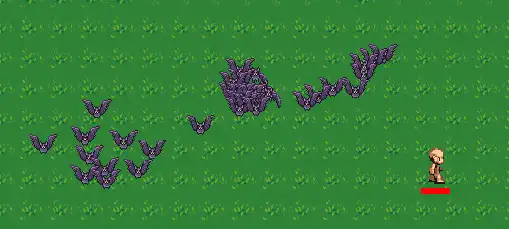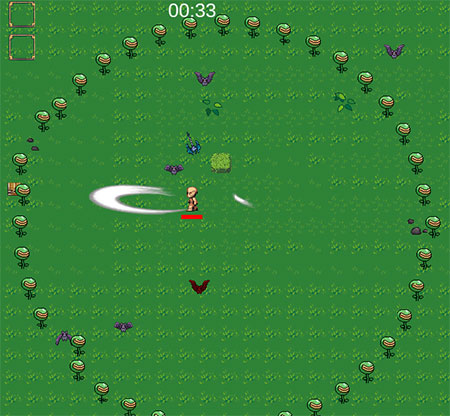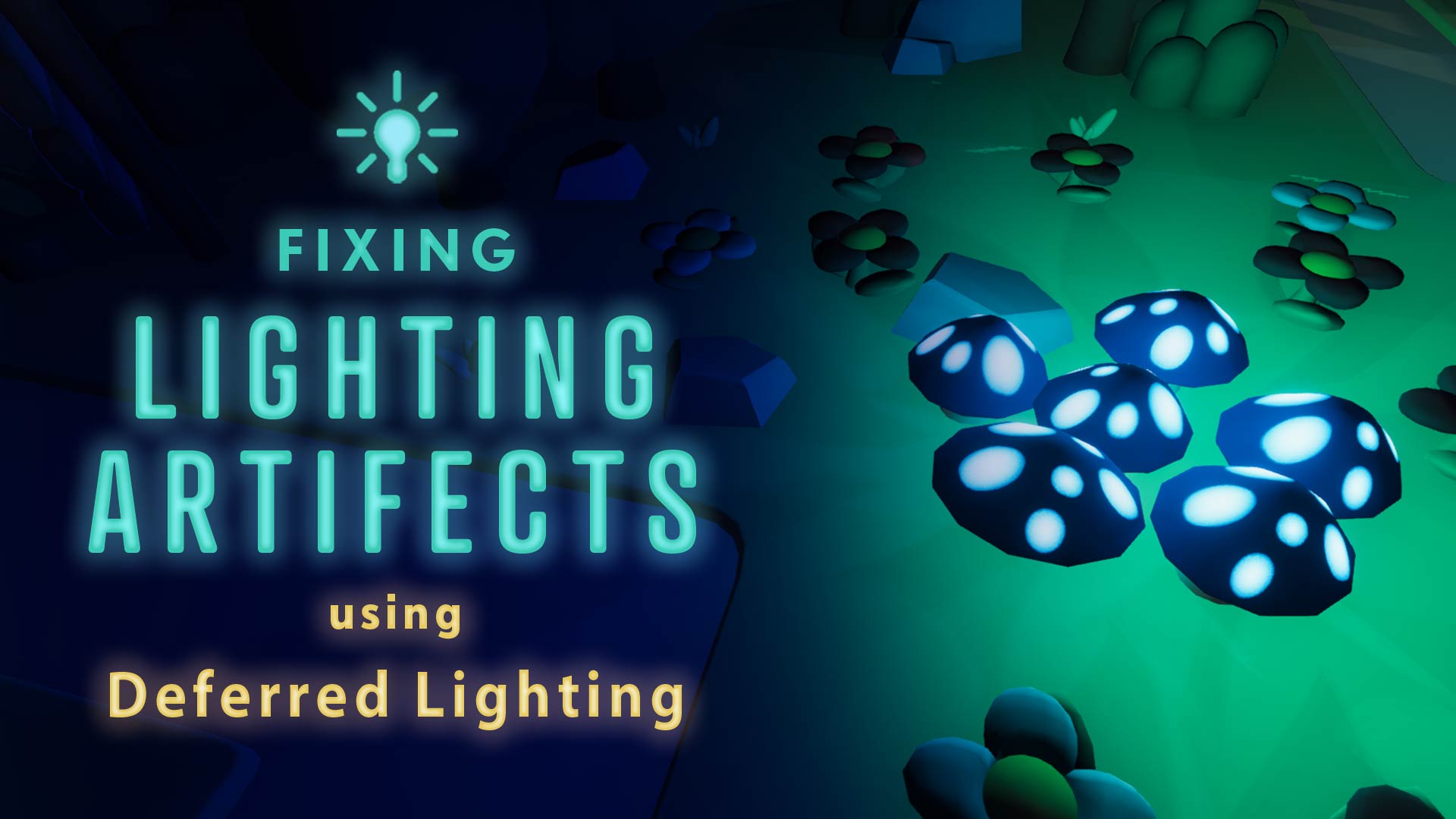Part 11 is going to be the first of a few parts in our Metroidvania series that will focus on redesigning some of the codes in this series to make them more robust, and culminate in us having a new, and more stable saving system. In this part, we are going to be recoding and centralising the features in our project that involve time stopping—namely, the time-stop that happens whenever we pause the game, as well as the hit-stop that happens when the player gets hit.
Currently, both features are managed independently, and this can cause unintentional behaviour in the game sometimes. For example, if you happen to pause when an enemy hits you, the game freezes up even after you unpause, and you will need to do another pause and unpause to resume the game, as shown in the video below.
 Unlock Content
Unlock Content

